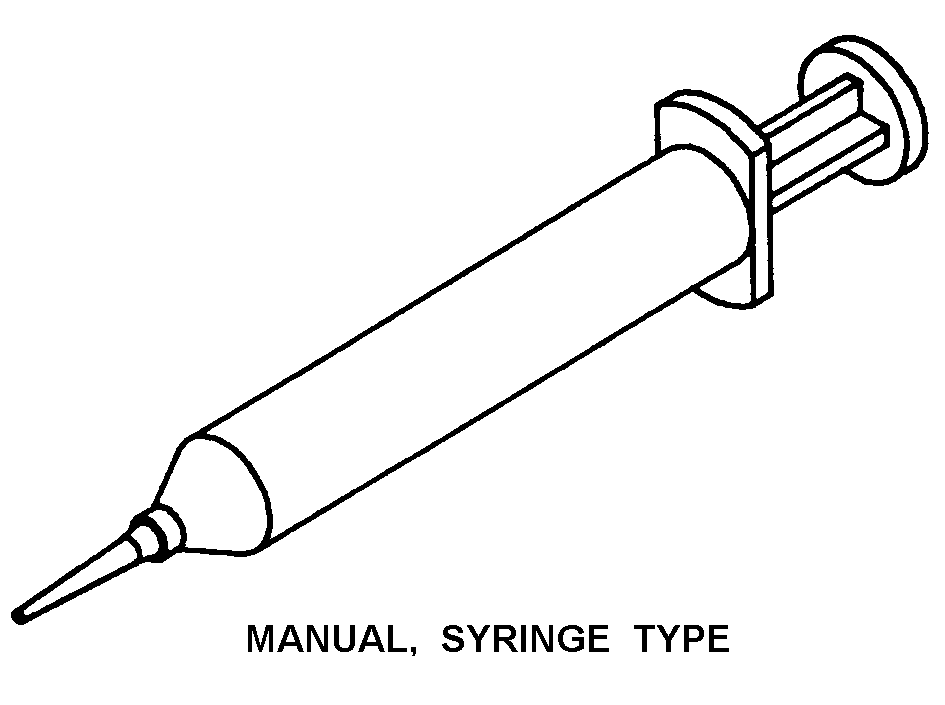5120015297453
Price Quote Get an up to date pricing and availability quote for this product. Order online or over the phone.
Quality Commitment
Serving our customers with quality and safety first.
- AS9120 Certified
- Audited supply chain
- ITAR Registered
- DDTC Registered
- HAZMAT Certified
- Customer service objectives
- Every product 100% inspected

5120-01-529-7453 Specification Set by the OEM (see RNCC code 3)
220 volt power cord 1; storage stand 1; foot pedal and cord 1; 30cc barrel adapter assembly 1; 5cc barrel adapter assembly 1; 30cc barrels 3; 5cc barrels 3; barrel tip caps 2; 30cc pe piston 3; 5cc pe pistons 3; 14 gauge tapered tip 2; 16 gauge tapered tip 2; 18 gauge tapered tip 2; 20 gauge tapered tip 2; 22 gauge tapered tip 2; 21 gauge tip 2; 22 gauge tip 2; 23 gauge tip 2; 25 gauge tip 2; 30 gauge tip 2; barrel tip caps 2
removable
mechanical
liquid dispenser
timing intervals from 0.01 to 31.0 seconds; cycle speed 600 plus per minutes; repeat tolerance 0.1 percent; barrel SUCK-Back feature; air input 70 to 100 psi; air output 1-100 pse
manual, syringe type
Cross Reference Parts Part numbers that meet the specification outlined on this page and set by the OEM
Identification Item Identification Guide (IIG) and Item Name Code (INC)

Definition Definition of approved item name (AIN): "DISPENSER,SEALANT"
A hand tool having a barrel type container for holding a sealing or adhesive type material which is dispensed through an end nozzle by a hand-controlled plunger, a ratchet-type trigger pressure control plunger, or a powered plunger controlled by a trigger-type operation.
5120-01-529-7453 Material Hazmat, Precious Metals, Criticality, Enviroment, and ESD
Indicates there is no data in the hmirs and the nsn is in a fsc not generally suspected of containing hazardous materials.
Item does not contain precious metal.
No known electrostatic discharge (esd) or electromagnetic interference (emi) sensitivity.
Represents items with no adp components
The item does not have a nuclear hardened feature or any other critical feature such as tolerance, fit restriction or application.
Identification Codes
HMIC: Hazardous Material Indicator Code. A one position code that identifies a hazardous item.
PMIC: Precious Metal Indicator Code. A one position code which identifies items that have precious metals as part of their content. precious metals are those metals generally considered to be uncommon, highly valuable, and relatively superior in certain properties such as resistance to corrosion and electrical conductivity.
ESD: Electrostatic Discharge. Indicates if an item is susceptible to electrostatic discharge or electromagnetic interference damage. electrostatic discharge damage occurs when an accumulation of static electricity generated by the relative motion or separation of materials is released to another item by direct contact. electromagnetic interference damage occurs when an item comes into proximity with an electrostatic or magnetic field.
ENAC: Enviromental Attribute Code. Identifies items with environmentally preferred characteristics.
CRITL: Criticality Indicator Code. Indicates an item is technically critical by tolerance, fit, application, nuclear hardness properties, or other characteristics.






